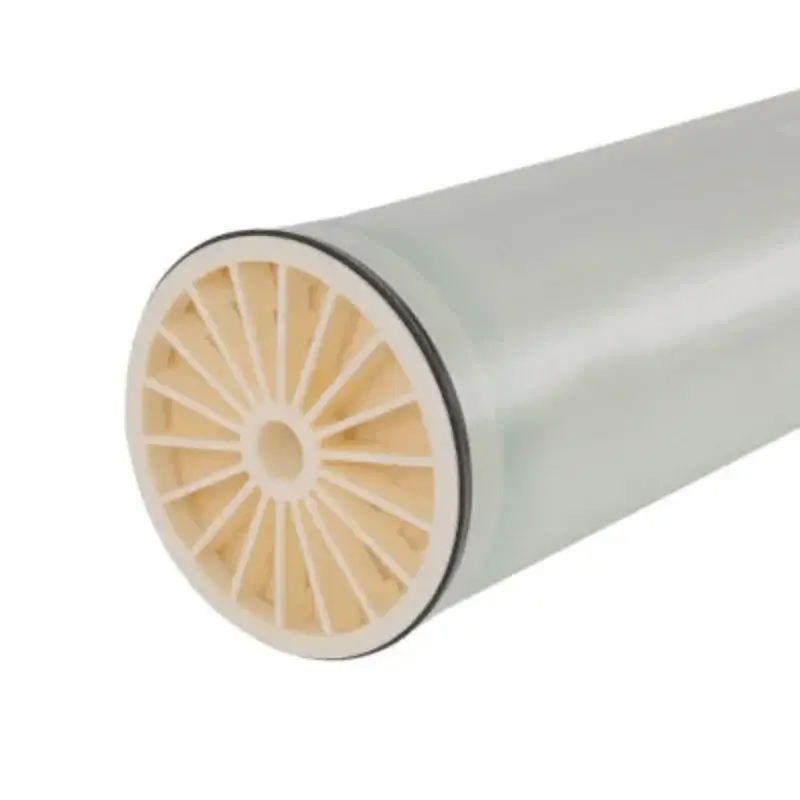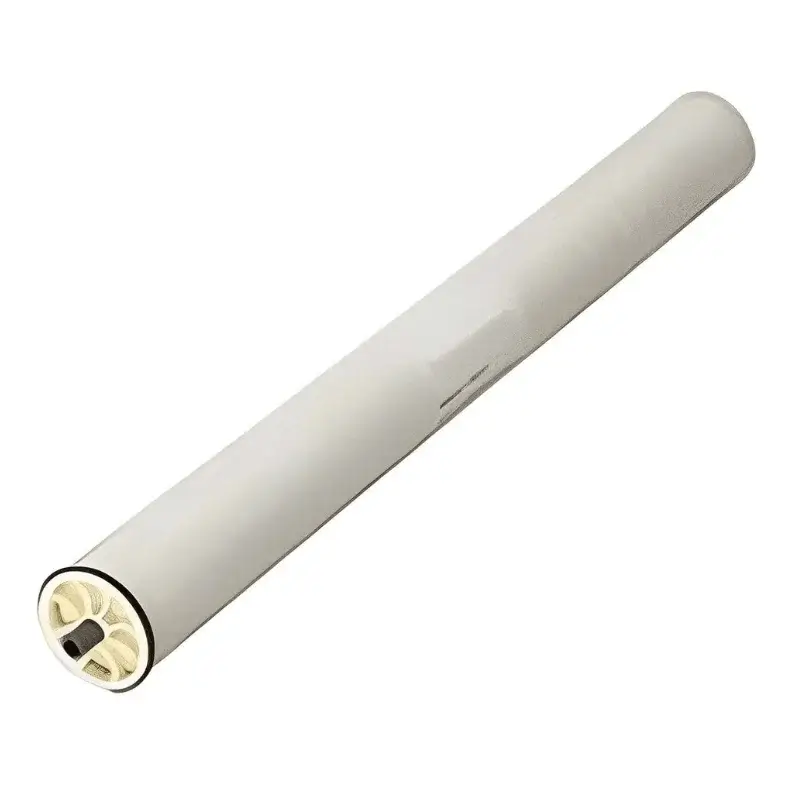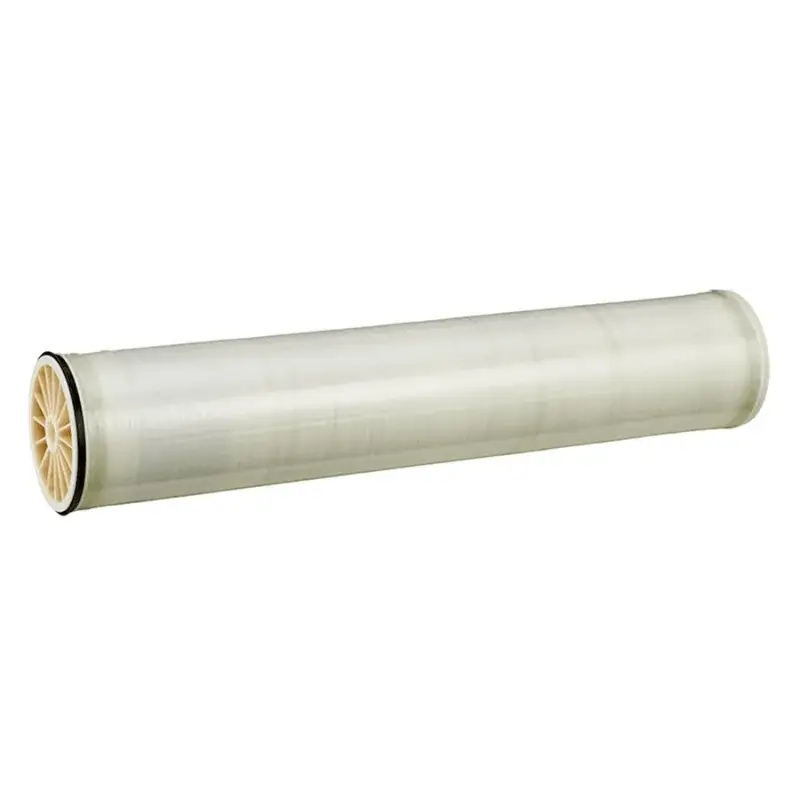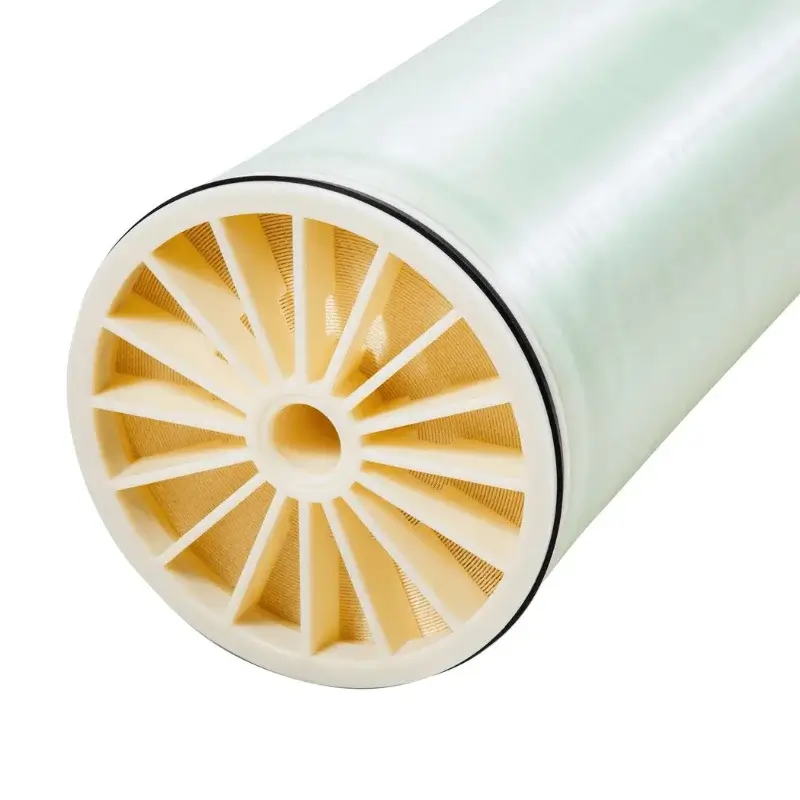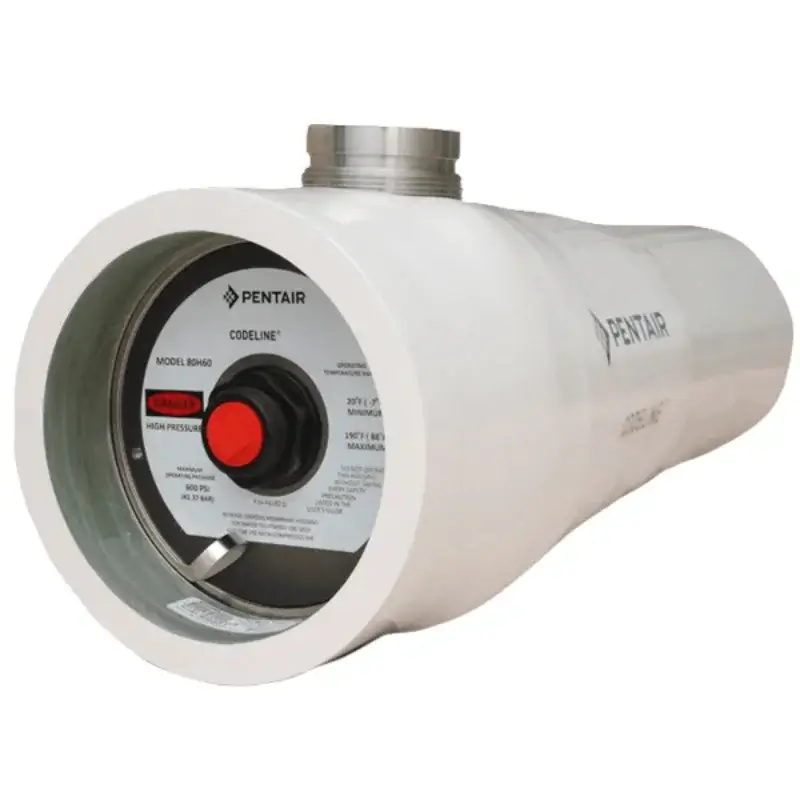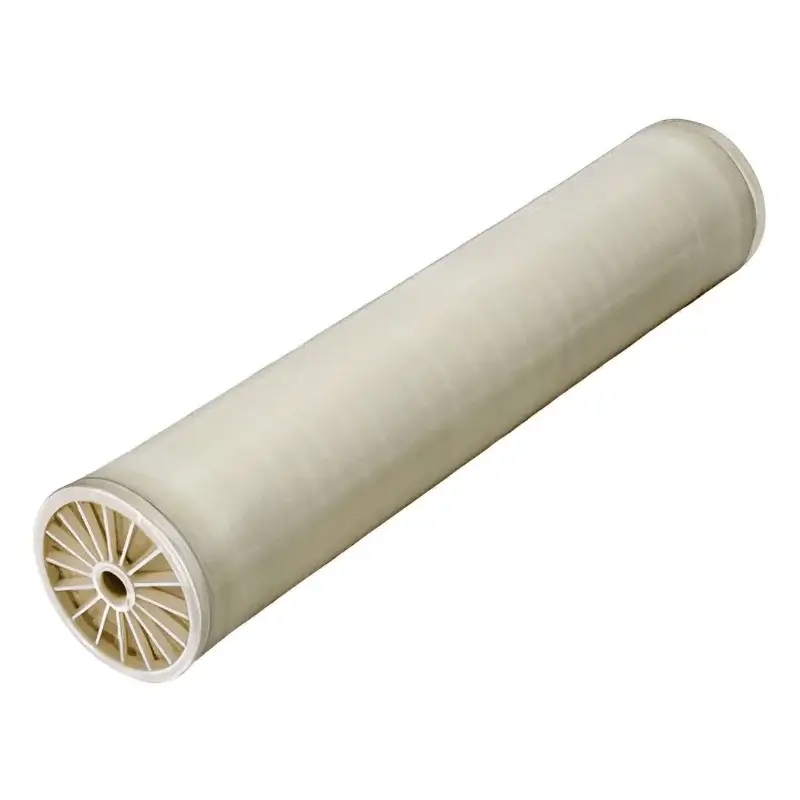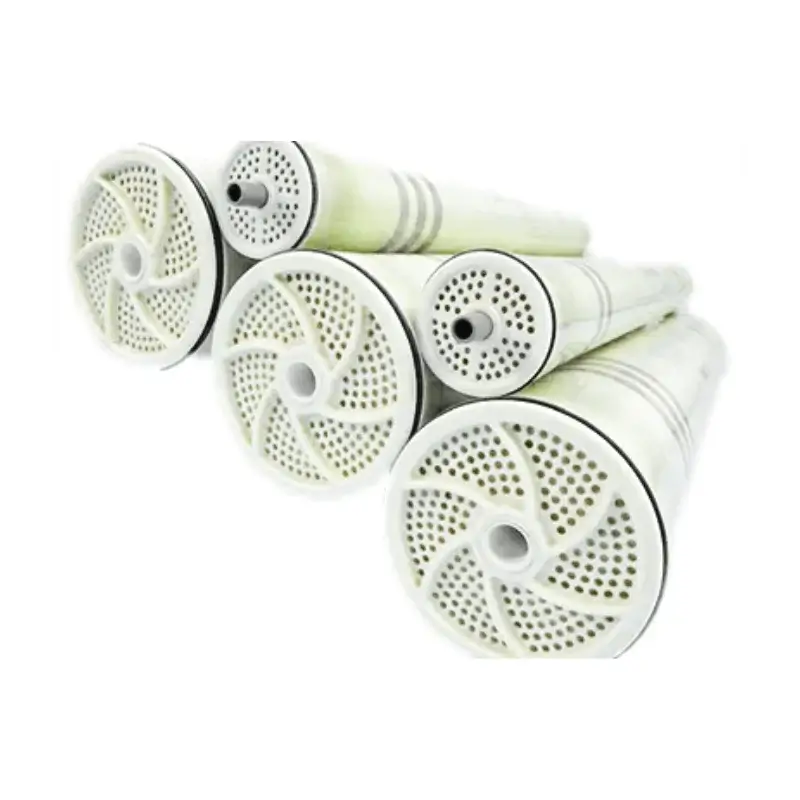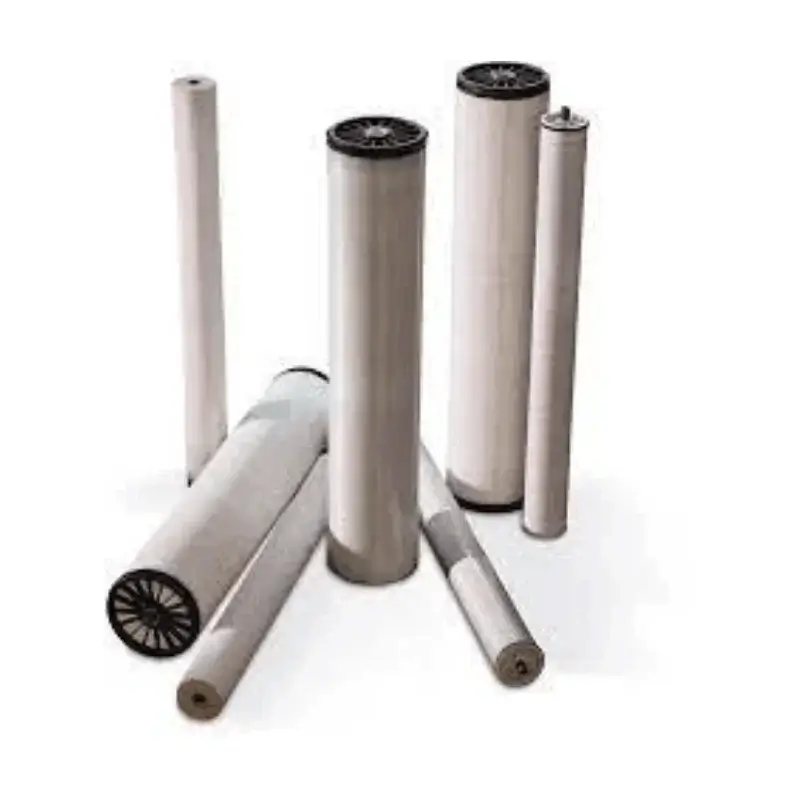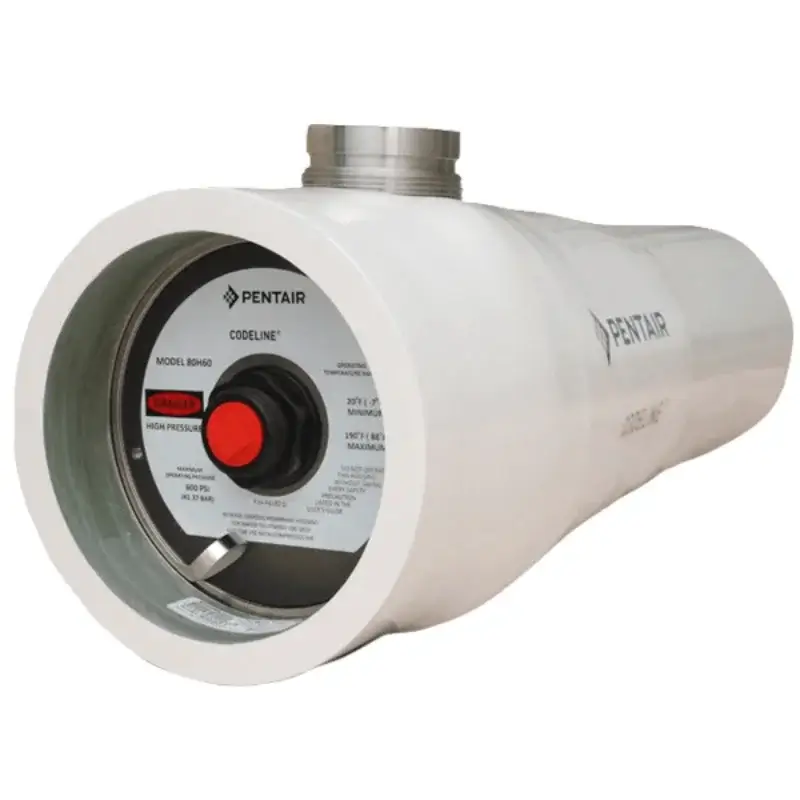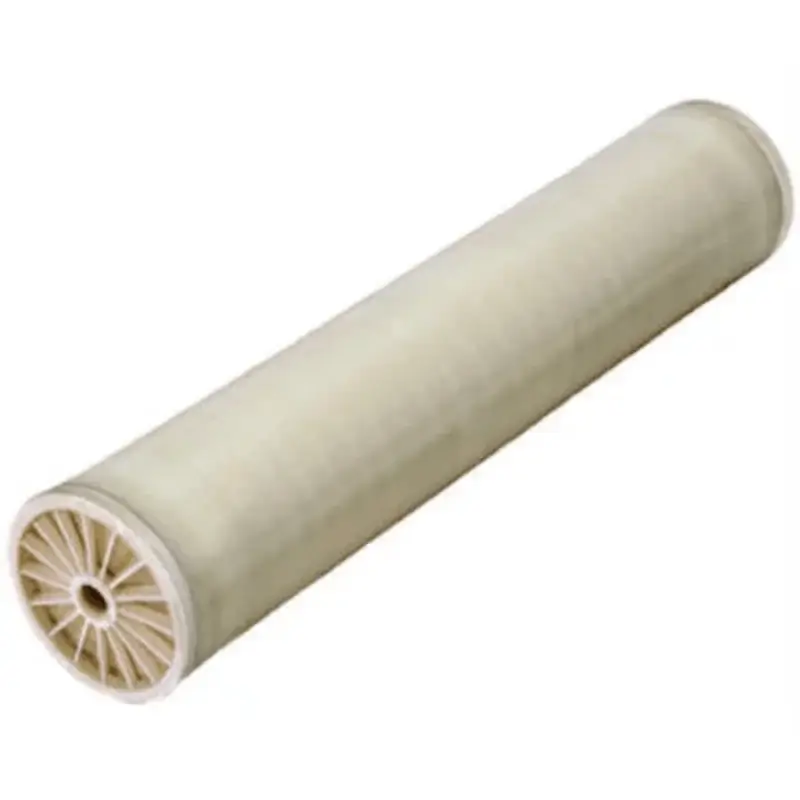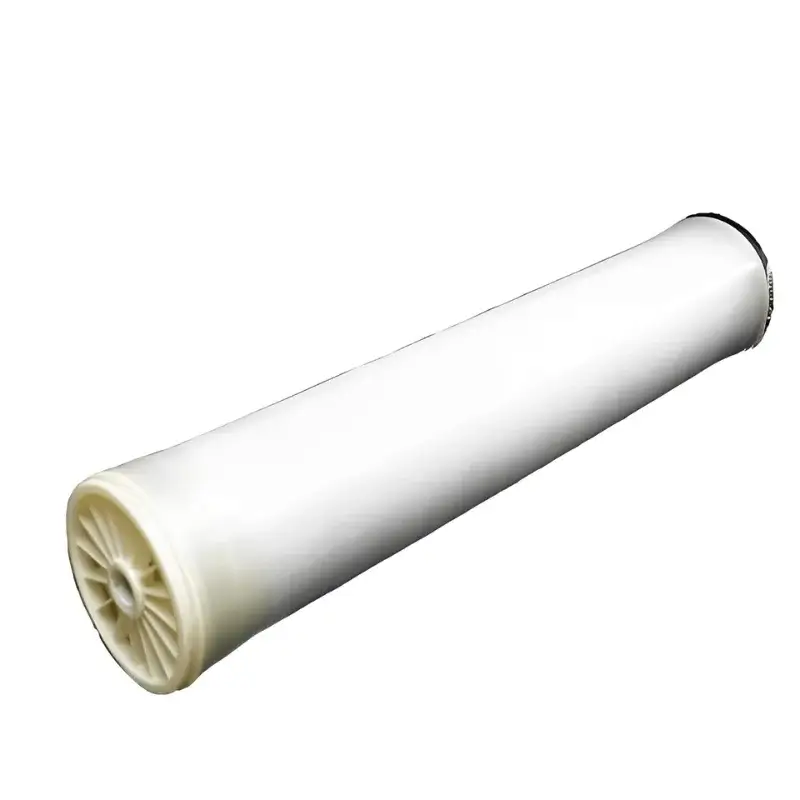
Reverse Osmosis Membranes - AD Series

High Rejection Reverse Osmosis Elements for Seawater
The thin-film composite reverse osmosis membranes of the AD series are characterized by excellent sodium chloride rejection. The AD series is selected when high permeate quality is required compared to relatively high TDS seawater.
The new chemical composition of the AD series membrane ensures excellent rejection for operation with seawater (pressure greater than 800 psi (5.516 kPa) and high temperatures).
